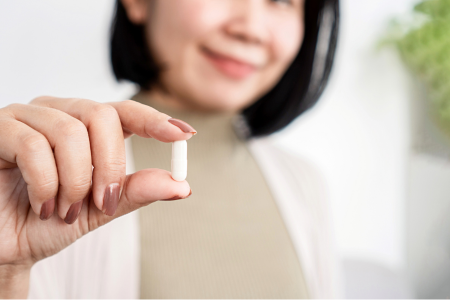Fighting Iron Deficiency with Better Diagnostics and Solutions

Addressing iron deficiency anemia (IDA) requires precise diagnostics and culturally relevant, community-driven interventions. Over the last few years, Lucky Iron Life has partnered with Swedish company HemoCue AB. HemoCue’s targeted diagnostic system for hemoglobin determination can help pinpoint populations affected by IDA, enabling opportunities for solutions that drive measurable health outcomes.
Iron deficiency and IDA affect around 1.6 billion people worldwide—especially women, gender-diverse individuals, and children—making this form of hidden hunger a major global health challenge. Yet, due to limited access to reliable diagnostics, many cases go undetected. So our ability to fully understand the scope and severity of both ID and IDA is severely hindered. Diagnostics tools are crucial to identifying, quantifying, and ultimately addressing iron deficiency and IDA in the populations most affected.

As of 2024, no country except Guatemala is on track to meet the SDG 2.2 goal to reduce anemia among women of reproductive age by 50% by 2030.
In partnership with CARE Benin, Université d’Abomey-Calavi, FADeC, and through support from Canada’s Fund for Innovation and Transformation, we implemented a multifaceted intervention in Benin aimed at reducing iron deficiency among women of reproductive age. This initiative combined diagnostic tools (HemoCue’s 201+ device) with the deployment of the Lucky Iron Fish, and a robust social behavior change communication (SBCC) strategy using digital training tools and resources.
Results were promising: By the end of the study, regular use of the Lucky Iron Fish resulted in 20% fewer participants with anemia compared to controls (25% reduction in anemia prevalence in the treatment group vs. 5% reduction in controls).
These findings underscore the value of diagnostics in enhancing the efficacy of community health interventions. By integrating diagnostics with practical solutions and local capacity-building efforts, our partnerships support an evidence-based approach to addressing hidden hunger and promoting gender equity. This initiative represents a scalable model for IDA intervention that we hope will inform future global health strategies.




